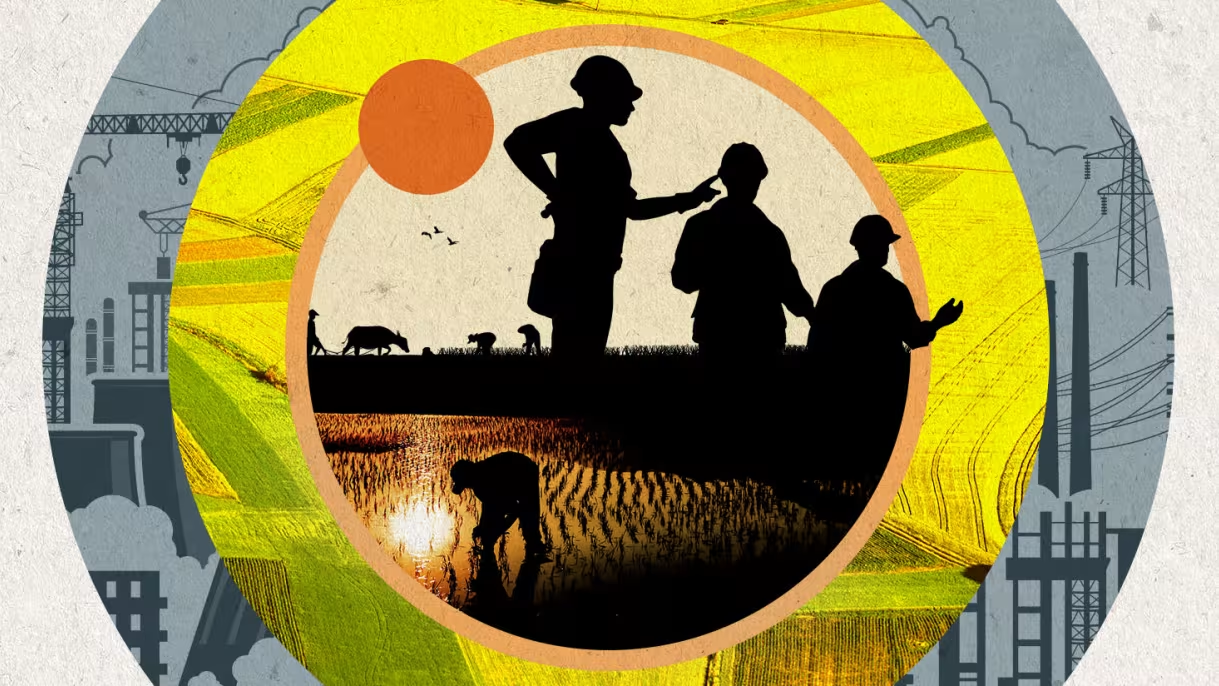

Manufacturing Isn’t the Only Way Poor Countries Can Develop
Industrialization is considered the main way poor countries become developed. To successfully develop — or generate more wealth and output — many believe poor countries must shift employment away from agriculture and into manufacturing.

History proves this to be generally true: During the Industrial Revolution, the United States and other developed countries moved away from agriculture and into manufacturing, leading to increases in the production of goods and services, capital investments, and even population growth.
A great deal of economic research finds that differences in labor productivity are key to explaining the large differences in living standards across rich and poor countries. Shifting labor to manufacturing is seen by many economists as an important source of overall growth in labor productivity. It also allows poorer countries to shrink the labor productivity gaps between themselves and rich countries.
However, a new working paper by Richard Rogerson, Charles and Marie Robertson Professor of Public and International Affairs and professor of economics and public affairs, and others challenges the relevance of this popular notion for today’s poorer countries.
After constructing a dataset of comparable labor productivity levels for agriculture and manufacturing, they find that productivity gaps between rich and poor countries in manufacturing are actually larger than overall productivity gaps.
They looked at 64 mostly poor countries over a period from 1990 to 2018.
Findings
While it is important to move workers out of agriculture, there is nothing special about moving them into manufacturing. Even though the researchers find some productivity gains in moving labor from agriculture to manufacturing, the gains could be larger if labor moved into another sector, like trade, transport, and business services.
Service-led development, for example, is becoming increasingly more popular, leading to gains in both productivity and large-scale job creation among low-skilled workers. Successful examples are seen in middle-income countries like Costa Rica and the Philippines, where professional and technical services account for more than half of all services exports, according to a report by the World Bank.
Policy Point
"Our findings are relevant for poor countries like India that are bypassing industrialization and instead undergoing what might be called service-led development. These countries are not necessarily doomed to experience disappointing productivity growth, as others might believe," Rogerson said.
Co-Authors
- Berthold Herrendorf, Arizona State University
- Ákos Valentinyi, University of Manchester
Data
They used data from three recent data releases provided by the Groningen Growth and Development Centre:
Resources
Read the full working paper, “New Evidence on Sectoral Labor Productivity: Implications for Industrialization and Development,” which was made available as a working paper (no. 29834) in March 2022 by the National Bureau of Economic Research (NBER). This paper was not peer-reviewed or subject to the review by the NBER Board of Directors that accompanies official NBER publications.
More at SPIA
Past work by Rogerson finds that while technological progress favoring skilled workers is one of the main drivers behind inequality in America, the chasm between the rich and poor also grows naturally as an economy develops. Check out other working papers by Princeton economists.


